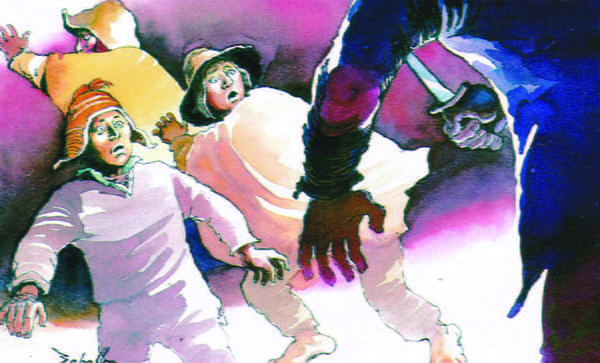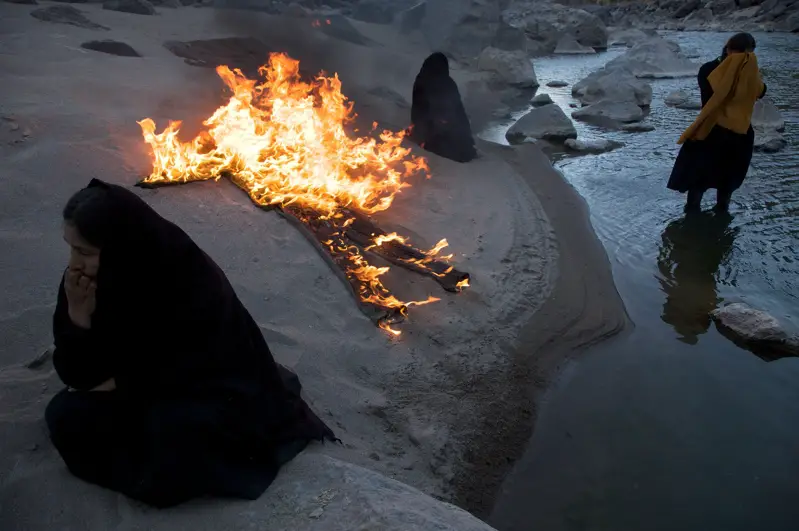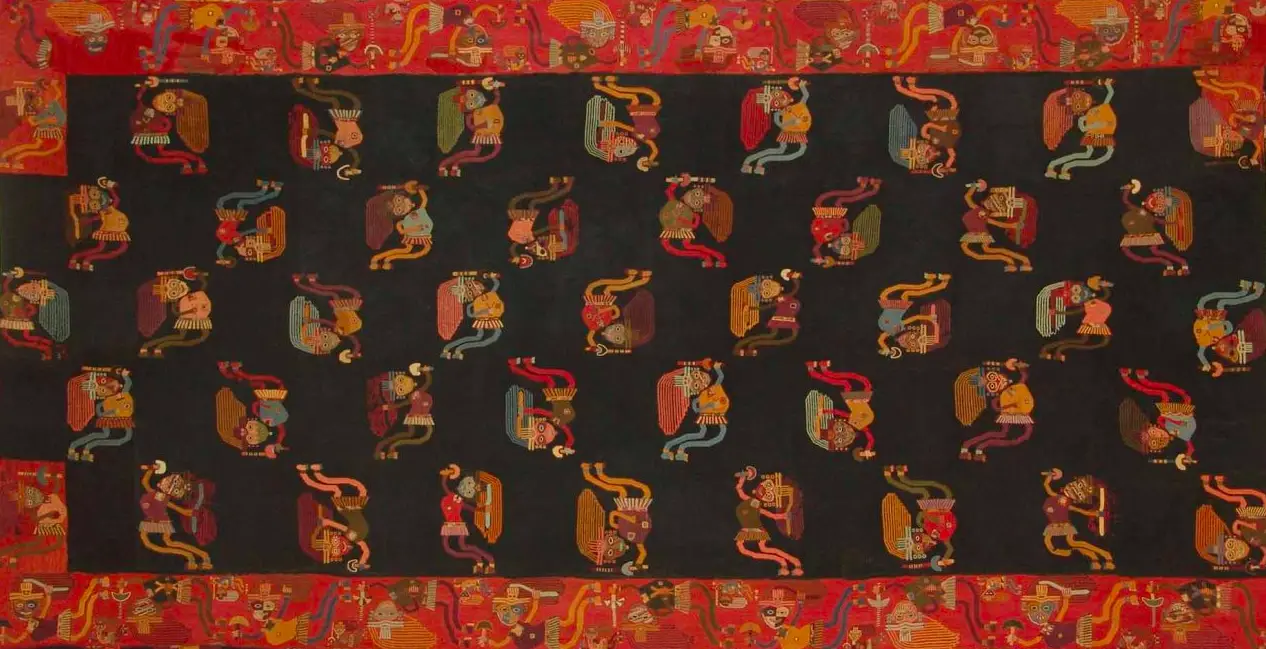Tag: Ande
“Altiplano”: the pangs of Pachamama and the Anima Mundi
Brosens and Woodworth's film is much more than a heartfelt appeal to the conservation of our planet's natural resources: in the drama of Saturnina, symbolisms and sacred conceptions of the New and Old World converge, which allow us to address the question on multiple levels intimately connected between They.
Viracocha and the myths of the origins: creation of the world, anthropogenesis, foundation myths
di Marco Maculotti
We have set our sights on this cycle of essays classified as "Andean Notebooks" to focus on the most significant aspects of the tradition of ancient Peru, which was much more extensive than the present, also including parts of Ecuador, northern Chile and Bolivia. Having previously treated the doctrine of the "Five Suns" and pachacuti [cf. Pachacuti: cycles of creation and destruction of the world in the Andean tradition] let us now analyze the main numinous figure of the Andean pantheon: the creator god Viracocha (or Wiracocha or Huiracocha). For the purposes of this investigation, we will mainly use ancient chronicles (Garcilaso Inca de la Vega, Sarmiento de Gamboa, Cristobal de Molina, Bernabé Cobo, Guaman Poma, Juan de Betanzos, etc.) and the manuscript of Huaru Chiri, translated only recently, which we will integrate from time to time with the stories of rural folklore (collated by the anthropologist Mario Polia) and with some of the most recent hypotheses, if noteworthy.
Pachacuti: cycles of creation and destruction of the world in the Andean tradition
di Marco Maculotti
cover: Paracas culture textiles (coastal Peru)
A central concept in the Andean cosmogonic tradition is the belief in regular cycles of creation and destruction that would initiate and end the various cosmic eras. Time was conceived in a circular way; according to this doctrine, it had only two dimensions: the present (Kay Pasha) which at its end leads to the "ancient time"(Nawpa Pacha), from which we will return again to the present time [Carmona Cruz p.28].
This doctrine, comparable to that of the Indian Yuga and to the Hesiodic one of the ages, is based on a principle of cyclicality that would govern everything in the cosmos and which is called by the Andean tradition pachacuti, literally "a revolution, a procession of space and time". With this term, in the myths, a series of catastrophic events are described that foresee the general destruction of the humanity of the sky and its subsequent replacement with a new humanity - see the myths of origin of Lake Titicaca, in which it is said that Viracocha exterminated a previous race of giants with the flood or with a rain of fire to then create a subsequent humanity, the current one [cf. Viracocha and the myths of the origins: creation of the world, anthropogenesis, foundation myths].




